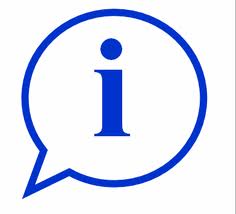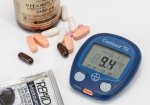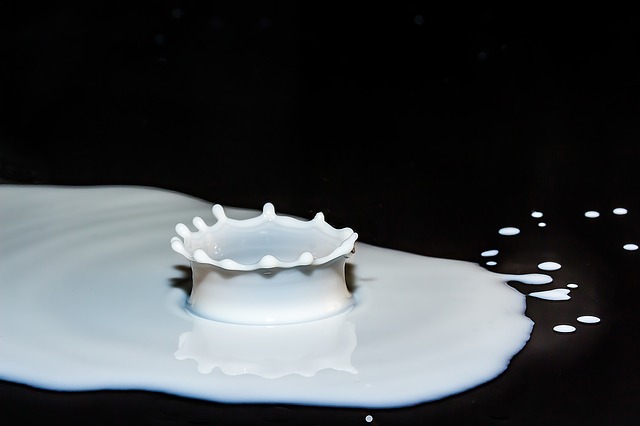Primary Hypertension - Essential Hypertension
Covering primary hypertension definition, causes and risk factors, symptoms and secondary hypertension

Primary Essential Hypertension Definition
Also commonly known as essential hypertension, primary high blood pressure is a disorder which is associated with elevated blood pressure whose causes are not readily identifiable. Its prevalence tend to raise with age in most populations. In recent years, however, reports of younger age groups developing essential hypertension have been on the raise. This is the case especially in the UK where there is exceptional binge drinking. Due to fact that the causes are unknown, this type of hypertension is also known as idiopathic hypertension.
Primary vs Secondary Hypertension
Primary high blood pressure affects more people than secondary hypertension. Unlike primary hypertension, secondary hypertension causes are known. In 90 to 95 percent cases of a hypertensive condition the causes are not known. This leaves 5 to 10 percent of hypertension patients to fall into the secondary hypertension category. Unlike essential hypertension which is common in adults, secondary hypertension is more common in children than adults.
Secondary hypertension causes are usually medical disorders such as diabetes, kidney disease and liver disease. Unlike primary essential hypertension, secondary hypertension is curable simply by resolving the underlying medical causes. In a secondary hypertension patient once the underlying disorders are treated the high blood pressure quickly disappears. Primary high blood pressure cannot be cured. It is a disorder that doctors aim to bring under control and permanently manage it to avoid damage to organs.
Primary Hypertension Causes and Risk Factors
The exact causes of essential hypertension are unknown. Instead doctors have identified what they call risk factors for developing primary essential hypertension. In everyday language the risk factors of developing high blood pressure are easily and often confused for causes of high blood pressure The following are risk factors for primary hypertension;
Obesity or being overweight
Individuals who are obese have a higher risk of developing high blood pressure. being overweight puts an extra strain on the heart causing it to pump harder and more blood to service the entire body. In particular individuals who have a mass index over 25 expose themselves to developing hypertension.
Excessive salt consumption
According to the American Heart Association (AHA), most adults consume more sodium than they really need on a daily basis. Sodium consumption is a serious primary hypertension cause and risk factor. sodium is found in many salts including table salt and in processed canned foods. An average adult eats 5400mg of sodium per day which is a shocking 130 percent more than the recommended 2300mg per day. Sodium retains water in the body thereby increasing the volume of blood which increases blood pressure.The association between salt and high blood pressure is well documented. People who already have hypertension and continue eating sodium in excess will make their condition worse.

Family history and genetics
Family history and genetics have been found to be strong primary hypertension risk factors. In a given family should the other members of the family have hypertension, that individual is at high risk of also developing high blood pressure. Studies have linked up to 50 specific genes responsible for high blood pressure. Essential hypertension is more likely to develop in individuals when there is a strong family history.
Sedentary lifestyle

Leading a 'lazy' lifestyle has been identified as a strong primary hypertension risk factor. This in fact is a major problem in the western context were more and more people including children have long inactive hours and are increasingly becoming obese due to the food they eat. The association between exercise and blood pressure is well studied. Aerobic exercises in particular are necessary to maintain healthy blood pressure. When this is lost due to many hours spent behind computer screens and choosing to drive instead of walk, for example, hypertension can develop.
Race, Sex and Age
People of African and Caribbean descent are twice likely to develop high blood pressure compared to people other than those in this category. Women are less likely to suffer high blood pressure than men especially in earlier years. Younger people have less incidence of hypertension than older people.
Primary Hypertension Symptoms
Essential hypertension is known to present no symptoms in most cases until it is advanced and has possibly damaged organs. This is what earned the disorder the nickname 'silent killer'. Due to the lack of apparent and certain symptoms, millions of people walk about with high blood pressure without knowing it. Doctors recommend that in the absence of symptoms individuals need to have their blood pressure checked at least once per year.
The following are a list of warning signs associated with high blood pressure. It can be noted that many of these symptoms may be caused by other disorders which may not necessarily be associated with high blood pressure;
- Elevated blood pressure
- Headaches
- Nosebleeds
- Blurred vision
- Dizziness
- Palpitations
- Tinnitus

Doctors recommend home blood pressure monitoring for all individuals. Best monitors are those that are calibrated and clinically tested by leading hypertension institutions in Europe and the United States. As a bonus its good to go for one that also detects irregular heartbeat and morning hypertension. Should you think its time to replace or invest in a new blood pressure monitor we give thumbs up to the Omron range namely the Omron Elite 7300W , the Omron HEM-711AC , the Omron HEM-780 and the Omron HEM-790IT among others.

Return To Hypertension Guidelines from Primary Hypertension
Return To Blood Pressure Home from Essential Hypertension
Disclaimer
Information contained on this website is not meant to replace your doctor's advice.
(c) All Rights Reserved. 2010-2018
















